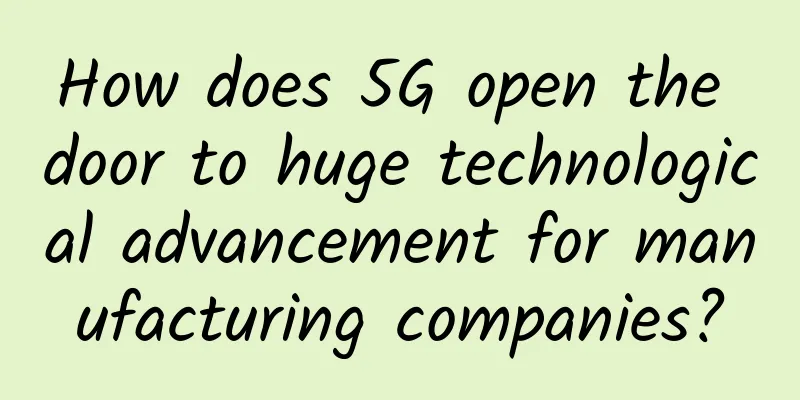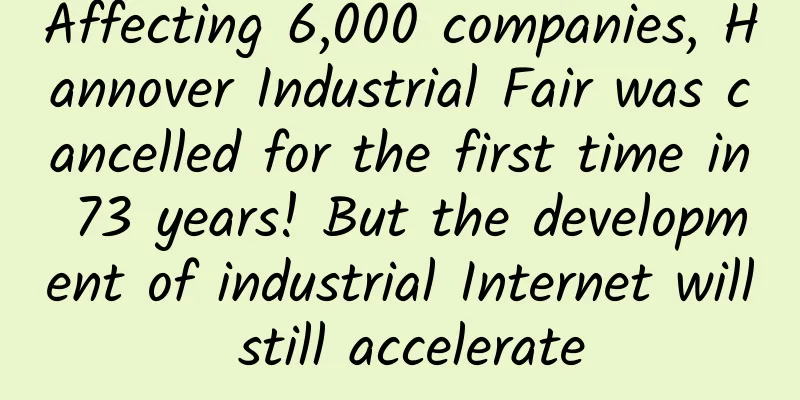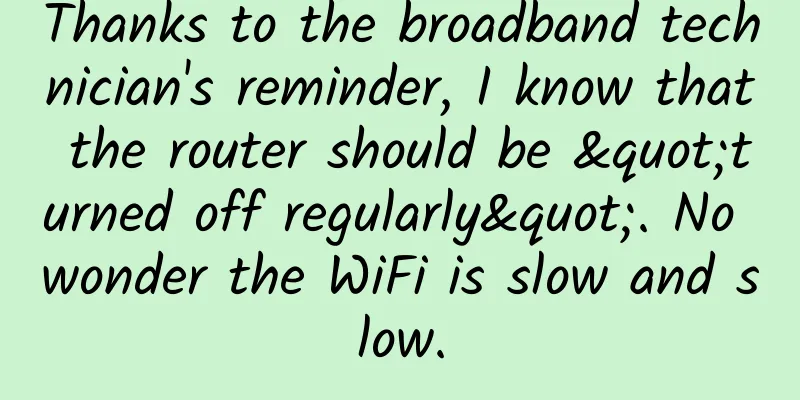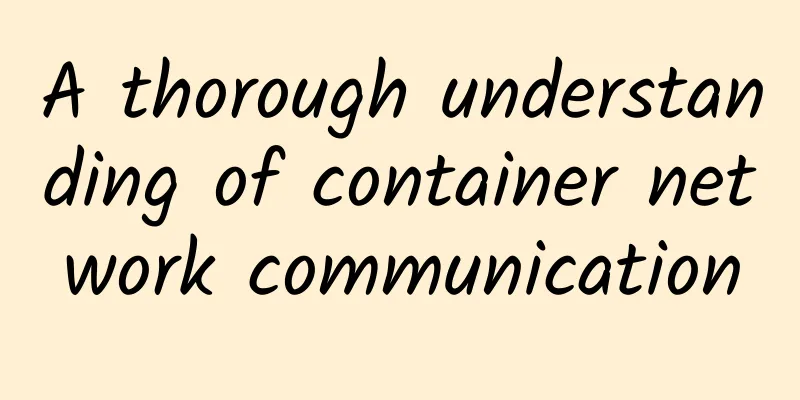How does 5G open the door to huge technological advancement for manufacturing companies?

|
The rollout of 5G is expected to usher in the Fourth Industrial Revolution. Learn how 5G technology will revolutionize manufacturing. As 5G becomes more mainstream, its possibilities in industrial and manufacturing applications seem endless. Harald Remmert, senior director of technology at Digi International, said that 5G can support a large number of IoT technologies and is considered to be the catalyst for the fourth industrial revolution.
Industrial Internet of Things, 5G and the Fourth Industrial Revolution5G will be a game-changer in the commercial and Industrial Internet of Things (IIoT) space. From automated guided vehicles (AGVs) and augmented reality (AR) to smart city infrastructure and industrial automation, 5G can spark the fourth industrial revolution by fusing smart technologies and manufacturing practices. 5G connectivity will enable humans and machines to achieve breakthrough innovations that were previously the realm of science fiction, such as the effortless synchronization of robots and humans. Many of these breakthroughs are already happening today, and the rollout of 5G will make them even more prevalent, especially in the Industrial Internet of Things. Experts expect this market to grow from $68.8 billion in 2019 to $98.2 billion in 2024, with semiconductors, electronic devices, and cloud computing platforms leading the way. Fundamentally, 5G will have a significant impact in the Industrial Internet of Things space because it provides a single network that is flexible enough to handle a wide range of Industrial Internet of Things use cases. Manufacturers that currently rely on wired connections will eventually need to upgrade to 5G to remain competitive. Of course, if they are not already leveraging the power of 4G, they can start now by optimizing their current network usage and gradually transition to the latest technology. However, the cost and time-saving benefits of 5G, such as increased factory flexibility, improved machine insights and process monitoring, will significantly reduce costs and improve quality and efficiency. How will 5G revolutionize the Industrial Internet of Things?Through 5G, the Industrial Internet of Things will be able to greatly improve industrial monitoring. For example, when the COVID-19 pandemic hit, many businesses had difficulty remotely monitoring their on-site systems. With 5G, companies can remotely monitor systems through cameras and remotely manage and control these systems through cellular routers. This also translates into deeper insights, resilience, and recovery capabilities for unexpected situations such as supply chain disruptions. 5G connectivity can also enable wireless manufacturing, and thus wireless industrial automation. While traditional industrial automation is nothing new (think: machines assembling cars), its potential has been hampered by the need for wires. Robots are limited by the need for wires, and solutions like Wi-Fi don’t offer the bandwidth, range, mobility, or quality of service required for industrial control. Additionally, current 4G cellular protocols have latency issues that prevent efficient use. However, with 5G, wireless manufacturing can achieve greater flexibility and agility at a lower cost. Similarly, 5G can increase speed, reduce latency and enable machines and humans to communicate and collaborate seamlessly. In addition, 5G enables sensors and other devices to consume much less power, extending their life cycle and reducing maintenance issues. Another area where 5G provides tremendous value in the Industrial Internet of Things is in enhanced security. 4G and 2G/3G connections are structured in a monolithic way, and once a bad actor gets in, they can compromise the entire system. In contrast, 5G architecture is service-based, which means there is greater segmentation and isolation. If a hacker gets into a 5G-enabled system, they are isolated to one area and cannot access all services. Edge computing and 5GEdge computing and 5G connectivity are two inseparable technologies that will significantly improve application performance and the ability to process large amounts of data in real time. They work together to create a complementary solution. While 5G is ten times faster than 4G, mobile edge computing can further reduce data traffic and reduce latency by processing data closer to the end device. Telecom operators report that, at least in the lab, 5G offers network speeds that are 20 times faster than LTE1. In the field, there are still some obstacles before 5G can consistently reach these speeds. Still, 5G has the potential to deliver faster results thanks to edge computing. Potential obstacles to 5G and the Industrial Internet of ThingsWhile 5G will inevitably transform the Industrial IoT through clearer visibility, enhanced security, and greater flexibility, manufacturers must still address key barriers to adoption—primarily cost. Many companies don’t yet foresee a financial return on 5G deployments. However, if businesses take the time to analyze how 5G can help them achieve their goals, they’ll find that 5G is financially viable. Other barriers include how to get started with the Industrial IoT and the fact that 5G network coverage is still limited in many areas. These are legitimate challenges, but not insurmountable ones. Finding the right partners to provide technical support is a good way to solve many problems with 5G and the Industrial Internet of Things. |
<<: SRv6—A killer for 5G technology implementation
Recommend
I finally figured out the service flow limit issue.
Introduction With the development of microservice...
How NFV systems converge virtual network services at the edge
Think back to the days before smartphones, when p...
McDonald's uses 5G as a gimmick to sell chicken, but the real 5G still depends on the Internet of Things
In the past two days, a marketing campaign that o...
[12.12] DogYun Dynamic Cloud 40% off, Classic Cloud 20% off, Dedicated Server 100 yuan off per month, Lucky Wheel Prize draw
DogYun is a Chinese hosting company founded last ...
5G: Number of terminal connections exceeds 200 million
2020 is the first year of large-scale constructio...
5G phones have been available for three years. Why is 5G in the United States so slow? Three major problems remain unsolved
Since the advent of 5G technology, U.S. wireless ...
Some thoughts on the information construction of the financial industry
The rapid development of information technology h...
Things about WKWebView on iOS
[[413463]] Background Students who are familiar w...
2.4G or 5G? Do you know the difference between Wi-Fi frequency bands?
Overview The 2.4G and 5G mentioned in the title r...
Operators and the Internet are facing a turning point: the number of mobile phone users in the country has decreased by 20,000 in one day
Although Internet company stocks have skyrocketed...
What is SD-Branch? Why do you need it?
[51CTO.com Quick Translation] The deployed SD-WAN...
Most enterprise networks cannot handle big data loads
Enterprise IT can't keep up with the growing ...
6 solutions to the problem of no Internet access in Docker containers
Note: The following method is a solution that all...
Mobile device management in the new era of 5G LAN
The emergence and innovation of enterprise-specif...
How the global 5G network will reshape future defense strategies
Explore the impact of global 5G networks on futur...









